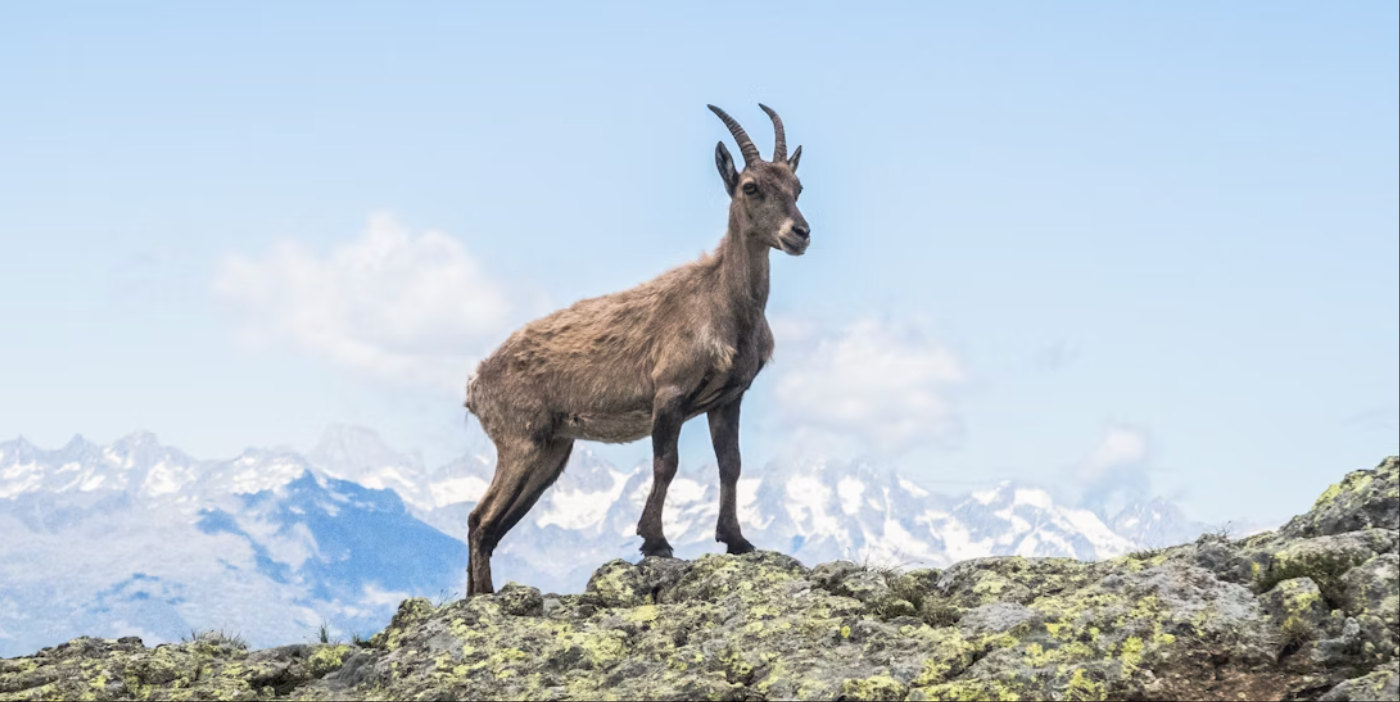
Do you think we should genetically modify wildlife? What if we could make seabirds resistant to the flu that has been exterminating them en masse, just by tweaking their DNA a smidgen? Or make fish that can shrug off pollution? Engineer in the sorts of change that could occur naturally, given enough time, if only the wildlife would stop dying already.
Thanks to newly emerging methods, such as Crispr, these feats are within reach. Recently, conservationists met at the International Union for Conservation of Nature's (IUCN) 2025 World Conservation Congress where they debated GM wildlife and voted on a proposed moratorium that would stymie their release into the wild. Ahead of the meeting, a group of more than 90 NGOs issued a press release urging the IUCN to "say no to engineered wild species." But humans have been altering the DNA of other species for millennia.
It all began about 30,000 years ago, when our species started to domesticate wild animals. When we invited them into our world, slowly but surely, the grey wolf morphed into the dog, the red jungle fowl transformed into the chicken and the aurochs gave way to domestic cattle.
Then, a few hundred years ago, people started to deliberately breed their most desirable animals together. By repeating the process across generations, key features became exaggerated. Cattle became meatier. Pigs became longer.
All of these features are underpinned by changes to the animals' DNA. We may not have modified their genetics by design, but when we select for specific characteristics, the related DNA sequences hitch along for the ride. Over time, this leads to genetic change.
It doesn't stop there, however. As I point out in my book, Life Changing: How Humans are Altering Life on Earth, human activity is now altering the DNA of all life on Earth. Before our species evolved, life was shaped by natural forces. Evolution and the genetic change that goes with it tended to happen slowly across many millennia.
Now, as we warm our world, pollute our planet and destroy the few wild places we have left, we are causing evolution to accelerate. Genetic change is being witnessed on timescales of decades and centuries.
If altering the DNA of wild species is a line you feel should never be crossed, then I have news for you. That ship sailed long ago. Although the hi-tech methods of today's scientists may be different, the end result – modified organisms with new characteristics and subtly different DNA – is the same.
New technologies often spawn anxiety. Sometimes, methods that are initially perceived as new, artificial and unnerving, become accepted over time as they become familiar and are proven to be safe and helpful. The deliberate genetic modification of wildlife could be one of these methods.
Those who raised their concerns at the IUCN conference were right to do so. One way that gene editing differs from traditional breeding methods is that it can be used to introduce entirely novel characteristics. For example, scientists have taken genes from jellyfish and coral and added them to zebrafish, to create fluorescent versions of the popular aquarium pets. Genes from different species can be mixed and matched, so it's important to decide which changes are acceptable and which are off limits.
New methods also have the potential to alter DNA, not just at the individual level, but at the population level too. A technique called gene drive rewrites the traditional laws of inheritance by ensuring that a particular gene gets passed down to all offspring, rather than the usual half. This can be used to quickly spread helpful features, such as disease resistance, down the generations. But if researchers choose to modify a gene that curtails fertility, the same technique could be used to wipe out an entire species.
Yet conservationists aren't proposing to trick out the genes of wild species on a whim. Instead, they realise that in the midst of this current mass extinction, where 150-200 species go extinct every day, traditional conservation tools aren't enough.
So it was a win for conservation when IUCN members in Abu Dhabi chose to reject the moratorium on releasing GM wild species and instead, accept a policy that enables researchers to proceed with genetically modifying wildlife cautiously, with key decisions made on a case-by-case basis. Humans are the ones driving biodiversity loss among all species. We have new tools that could help to address this travesty, so isn't that at least worth exploring?